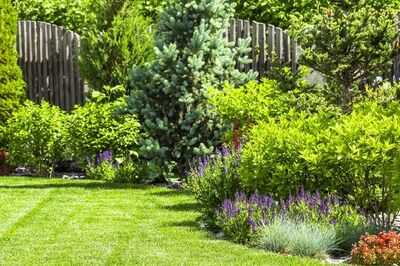
As autumn sets in, gardeners across the UK are being advised to stop mowing their lawns too frequently to protect grass health and avoid long-term damage.
According to seasonal lawn care guidance from David Wilson Homes and advice from gardening expert Lucie Bradley of Easy Garden Irrigation, many homeowners fail to adjust their mowing routine throughout the year, with one in five never changing how often they cut the grass.
"Different weather conditions throughout each season affect how quickly grass regrows," Bradley said.
"Grass typically grows best when the soil and air temperature reach above 6°C, which in the UK is usually between March and November."
From September onwards, grass growth naturally begins to slow. Bradley recommends reducing mowing frequency to bi-weekly, with the final cut of the year ideally taken in late October or November.
Once temperatures fall below 10°C during winter, grass growth stops almost entirely.
Despite this, a survey found that 13% of homeowners continue mowing their lawns during winter, which experts warn can be damaging. "Mowing during frosty periods can compact the soil and suffocate roots," Bradley said.
Over- and under-mowing are both problematic. Infrequent mowing can weaken growth, leaving lawns less durable and more prone to drying out, while mowing too often prevents grass from establishing strong roots, making it more vulnerable to extreme weather and weed infestations.
Bradley also recommends aerating lawns during the autumn months. Frequent summer use can compact the soil, which affects drainage during wet winter months. Aeration allows water to penetrate the soil more effectively and prevents nutrient starvation.
During winter, minimal intervention is needed. Homeowners should focus on removing excessive debris like fallen leaves and branches, but avoid using metal rakes, which can damage weakened soil.
There is also no need to clear snow from the lawn, as it can help insulate grass from freezing temperatures and provide nutrients as it melts.
By adjusting mowing frequency and following these seasonal tips, homeowners can maintain healthier lawns that survive winter conditions and thrive again in spring.
You may also like

President Murmu to begin four-day Kerala visit from tomorrow

Dalits, minorities follow the ideology of Rahul Gandhi: Purnea MP Pappu Yadav

Dalit youth forced to lick shoes, FIR filed 12 days later

Chennai's Marina beach bustles with festive spirit on Diwali

UK weather maps turn icy blue as -1C freeze hits - full list of 19 coldest counties






